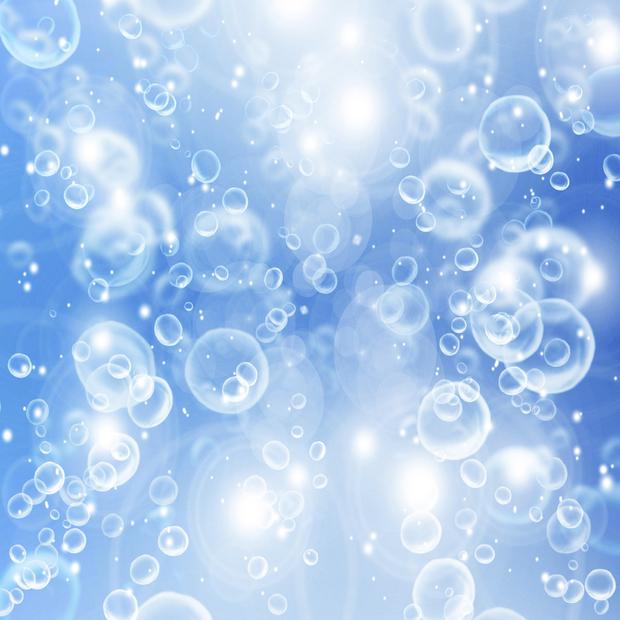Hydraulic fracturing, or fracking, played a major part in the recovery of the American economy after the 2008 crash. In just a few years, fracking made it possible for the price of oil to go down from $100 per barrel to $63 by the end of 2014. Since then, the number has continued to drop, to limits we were accustomed to in the early 2000s. The financial potential offered by hydraulic fracturing is undeniable, but this increased supply of oil and gas comes at a cost we might not be able to bear.
It all starts with the very process of stimulating natural reserves with immense pressure – just like putting mint candy into Coke. The trouble is that the very fluid necessary to create this pressure underground is filled with hundreds of toxic substances. These chemicals irreversibly pollute the environment and put our health at risk.
The issues with fracking
Unlike other types of wells meant to access natural reservoirs, hydro-fracturing is a way to strong arm dissipated resources close to the Earth’s surface. Even though the rigs are vertical, the wellbore itself is no more than two miles deep. Once the desired depth is reached, the drill hole continues horizontally, parallel to the surface.
The wastewater needed for the fracking fluid contains a myriad of chemicals. According to official statements, the additives do not exceed more than 0.5% of the total volume of the fluid, but whether this is actually the case is yet to be determined. What is certain is that fracking is highly dangerous, both for the environment, and for the population in the vicinity.
A recent analysis of fracking fluids and wastewater put together by the Yale School of Public Health shows exactly what we support when we say this process is beneficial for our economy and development. Nicole Deziel, senior author of the study, says that this is just the beginning and that “[t]his evaluation is a first step to prioritize the vast array of potential environmental contaminants from hydraulic fracturing for future exposure and health studies.”
How toxic is fracking?
The researchers identified 1,021 chemicals used in the process of hydraulic fracturing. The significant amount of wastewater created, as well as the contamination of underground water reserves, can lead to disastrous consequences. There is absolutely no way to prevent any of these chemicals from reaching the places where our drinking water comes from.
240 of the analyzed substances were already known for their effects. Focusing on this “small number,” the scientists identified 157 substances associated with reproductive toxicity or developmental toxicity. In other words, these are 157 different ways in which you or your spouse could become infertile. Your children will also be irreparably affected by these chemicals. Cadmium, lead, chlorine, mercury, arsenic and benzene, are just a couple of the substances that kill newborns.
If a child’s immune system deals with the initial contamination, they face a staggering risk of showing abnormal development. This is far from an isolated case or a sporadic occurrence. Tap water is contaminated by hydraulic fracturing on a daily basis, while the environment is constantly polluted by carcinogenic substances.
It’s a bubble that’s waiting to burst
For the people living in the proximity of these rigs, clean water is a rare luxury. Fracking doesn’t only poison peoples’ bodies, but also their minds. Official authorities fully support hydro-fracking because it’s profitable and they don’t have to live near such sites. However, the more reliant we become on the by-products of this exploitation, the harder it will be when they are over.
We’ve previously mentioned that fracking, unlike regular drilling, literally squeezes the last remaining drops of oil and gas from the earth. In terms of production, there is no long-term guarantee. This is a quick fix. In less than 10 years, the U.S. government will have fracked itself for good. At the current rate of consumption, resources are expected to be completely exhausted by then. And who, today, can live without oil or gas?
By Harold Shaw
(Source: naturalnews.com; February 20, 2016; http://tinyurl.com/jb3hesp)













